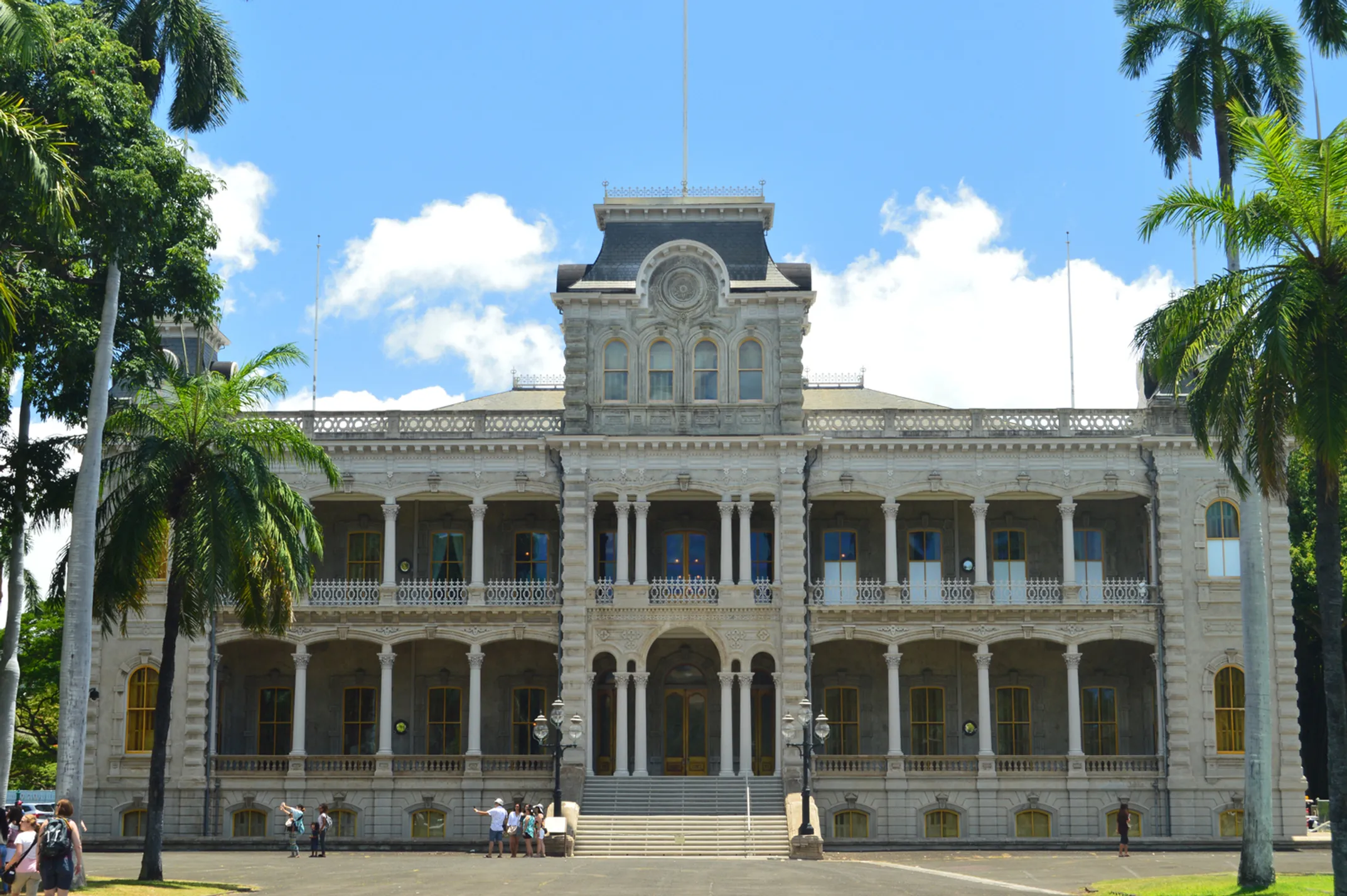

Living Hawaiian Traditions
The Unbroken ʻAha of Culture and Resistance

Written by a Cultural Practitioner
Jade KawanuiBurying My Piko at Birth: How This Ritual Rooted Me When I Was Homeless
The salt-stained cardboard box under the Līhuʻe overpass wasn't much of a home. But even there, in that cold concrete space where the trade winds couldn't reach, I carried something that no one could take away. Buried somewhere in the red dirt of Hanalei, my piko—my umbilical cord—connected me to this land in a way that went deeper than any address, any deed, any government paperwork.
My grandmother had performed the ritual when I was born. She took that dried piece of what once connected me to my mother and placed it carefully in a carved hole in an old pohaku stone, then sealed it tight. "This makes you part of the ʻāina forever," she told my parents. "No matter where life takes him, he belongs here."
Thirty-two years later, sleeping rough after losing my construction job, those words became my anchor. The practice wasn't just ceremony. It was survival. When you have nothing left, knowing you belong somewhere—really belong—can be the difference between giving up and getting back up.
The ʻAha That Cannot Be Broken
In Hawaiian tradition, the ʻaha is a cord made from sennit rope. Each strand represents a genealogical line, and when braided together, they create something stronger than any single thread. This cord connects past, present, and future in an unbroken chain.
Hawaiian traditions work the same way. They're not static artifacts from some distant past. They're living, breathing practices that adapt and survive because they serve real purposes in real lives. Every time someone buries a piko, performs a hula, or practices mālama ʻāina, they add another strand to this ʻaha.
But these practices carry extra weight in Hawaiʻi. Here, tradition is resistance.
When the Hawaiian Kingdom was overthrown in 1893, the new government tried to erase Hawaiian identity. They banned ʻōlelo Hawaiʻi from schools in 1896. They suppressed cultural practices. They tried to break the ʻaha.
They failed.
.stRtqZTj_c9Kei.webp)
The 1960s and 70s brought the Second Hawaiian Renaissance. Hula schools reopened. The Hōkūleʻa sailed using ancient navigation. Protesters stopped the military bombing of Kahoʻolawe Island. Each act said the same thing: We're still here. Our culture lives.
Today, when a kumu hula teaches proper protocol or a family performs traditional healing, they're not just preserving culture. They're asserting sovereignty. They're saying Hawaiian knowledge has value. They're keeping the ʻaha strong.
Explore Living Hawaiian Traditions
Discover how ancient practices weave through modern life, creating an unbreakable cord of identity, resilience, and resistance.
🌺 Tradition Overview
- Origin: Ancient Polynesia
- Revival: 1960s-70s Renaissance
- Core Concept: ʻAha (cord)
- Purpose: Cultural resistance
🌿 Key Concepts
- Piko (umbilical cord)
- Mālama ʻāina (care for land)
- Kapu (sacred protocols)
- Kuleana (responsibility)
- Hoʻoponopono (healing)
💡 Modern Relevance
Connection to place & ancestry
Traditional medicine practices
Sustainable land practices
Cultural resistance & pride
What This Means for You
This is what living tradition looks like. Not museum pieces behind glass or tourist shows on hotel stages. These are practices that work. They heal. They guide. They resist.
For Visitors
Learn the deeper meanings behind what you see. Understand that every hula, every protocol, every sacred site carries stories of survival and resistance.
For Practitioners
Each time you practice these traditions, you strengthen the ʻaha. You prove that Hawaiian culture is alive, adaptive, and unbreakable.
Hawaiian traditions survive because they serve real purposes in real lives. They're not museum pieces or tourist attractions. They're tools for navigating love, loss, identity, and belonging in a complex modern world.

